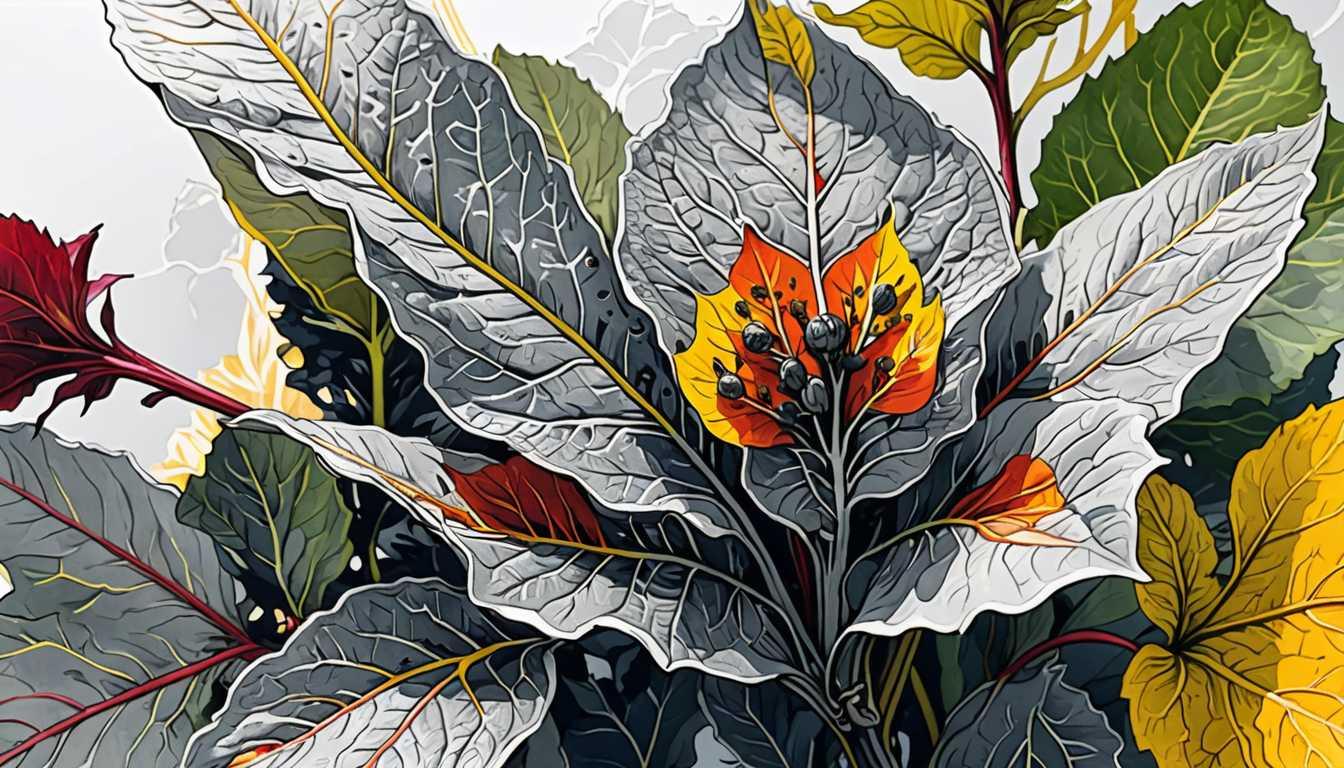Hemp vs. Mildew: Genetic Showdown
September 2023
Cornell University
Introduction
Dive into the world of hemp cultivation with Cornell University's groundbreaking discovery! Researchers have found a superhero gene that battles the villainous powdery mildew, a pesky fungus threatening the booming hemp industry. This discovery could lead to hemp plants that laugh in the face of mildew, ensuring better crops and happier farmers. It's science meets agriculture in a clash that could change the game for high-cannabinoid Cannabis sativa. Ready to explore how plants are fighting back? Let's get growing!
READ FULL ARTICLEWhy It Matters
Discover how this topic shapes your world and future
Battling the Blight - The Quest for Mildew-Resistant Hemp
Imagine you're a superhero, and your mission is to protect the world's crops from a villainous fungus known as powdery mildew. This might sound like a plot from a comic book, but for scientists and farmers, it's a real-world challenge. Powdery mildew is a notorious enemy of plants, including hemp, a versatile plant used for everything from medicinal CBD oil to eco-friendly clothing. When researchers at Cornell discovered a gene that makes hemp resistant to powdery mildew, it was like finding a superpower for the plant. This discovery matters because it means we can grow healthier hemp plants more efficiently, reducing the need for chemical fungicides and increasing crop yields. This breakthrough not only benefits the hemp industry but also has implications for sustainable agriculture globally. For you, this could mean more eco-friendly products and a healthier planet. Plus, it's a fascinating example of how science is used to solve real-world problems.
Speak like a Scholar
Cultivar
A plant variety that has been produced in cultivation by selective breeding.
Fungus
A group of spore-producing organisms feeding on organic matter, including molds, yeast, mushrooms, and toadstools.
Photosynthesis
The process by which green plants and some other organisms use sunlight to synthesize foods from carbon dioxide and water. Photosynthesis in plants generally involves the green pigment chlorophyll and generates oxygen as a byproduct.
Genome Sequencing
The process of determining the complete DNA sequence of an organism's genome at a single time.
Molecular Markers
Biological sequences that help scientists identify specific genes or alleles, often used in breeding to select for desired traits.
Cross-Breed
To produce (an animal or plant) by mating or hybridizing two different species, breeds, or varieties.
Independent Research Ideas
The Role of Genetic Resistance in Sustainable Agriculture
Investigate how breeding plants for genetic resistance to diseases can reduce the need for chemical pesticides, promoting a more sustainable approach to farming.
The Economic Impact of Crop Diseases on Global Agriculture
Explore how diseases like powdery mildew affect the global economy, particularly in relation to crops like hemp that have diverse uses in multiple industries.
The Science of Plant Breeding for Disease Resistance
Delve into the methods scientists use to breed plants for disease resistance, including the technology behind genome sequencing and the creation of molecular markers.
Fungi and Their Effects on Ecosystems
Study how different fungi, both harmful and beneficial, play a role in various ecosystems and the balance of natural environments.
The Future of Hemp - Beyond Disease Resistance
Consider the potential future applications of genetically modified hemp plants, including environmental, medicinal, and industrial uses, and the ethical considerations involved.
Related Articles

Rabbits' Great Australian Invasion
August 2022
University of Cambridge

UV Light: Beets' Fungal Hero
April 2024
Cornell University

Truffles: America's Underground Gold Rush
May 2021
Smithsonian Magazine

Fungi: From Foes to Food Heroes
September 2023
Phys Org

When Grapes Go Sour: The Wine Woe
May 2024
Cornell News Highlights